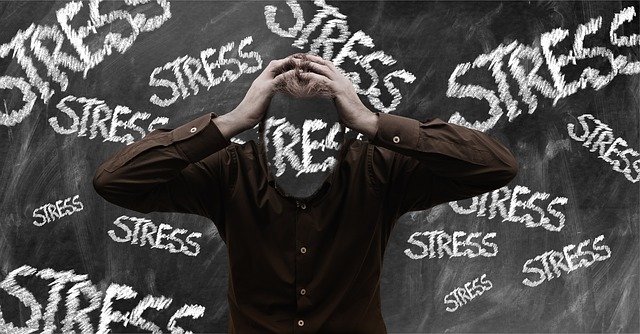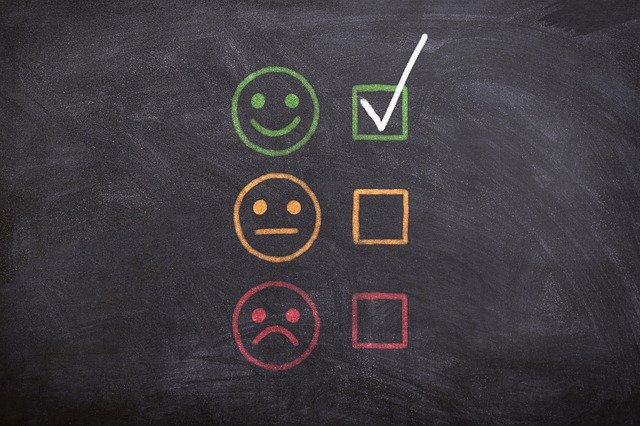Take Care of You!

According to Jorde-Bloom (1982), three characteristics of early childhood burnout are:20
- Complete emotional and physical exhaustion
- Growing disillusionment with the job and life in general
- Growing sense of self-doubt and blame as individual considers what he/she “used to be like” and questions why he/she is unable to change current behavior and attitude
It is important to be on the lookout for symptoms of burnout. Symptoms include:
- Headaches and muscle tension
- Depression, boredom, apathy
- Absenteeism, decline in performance
- Hypertension, insomnia
- Irritability, increased anxiety
- Increased smoking, drinking, drug dependence and other addictions
- Escape activities (e.g., shopping sprees, overeating, daydreaming)
- Stress-related physical and emotional ailments
- Tensions with family and friends

Don’t wait for burnout to strike. There are a number of things you can do to avoid burn-out. The key is to be intentional, deliberate. Take time to implement these suggestions:
- Ask for help when you need it.
- Eat right, exercise and relax.
- Keep work stress at work. Don’t take it home with you.
- Do things that you find enjoyable (e.g., read, knit, cook, take pictures).
- Don’t expect more of yourself than is realistic.
- Laugh and have fun.
- Reduce job-related stress by participating in more professional development opportunities which will lead to increased knowledge and improved skills, making your job easier and more enjoyable.
[ms_panel title=”References” title_color=”#000″ border_color=”#ddd” title_background_color=”#f5f5f5″ border_radius=”0″ class=”” id=””]
20 Jorde-Bloom, P. (1982). Avoiding burnout: Strategies for managing time, space and people in early childhood education. Nashville, TN: School-Age NOTES.
[/ms_panel]



